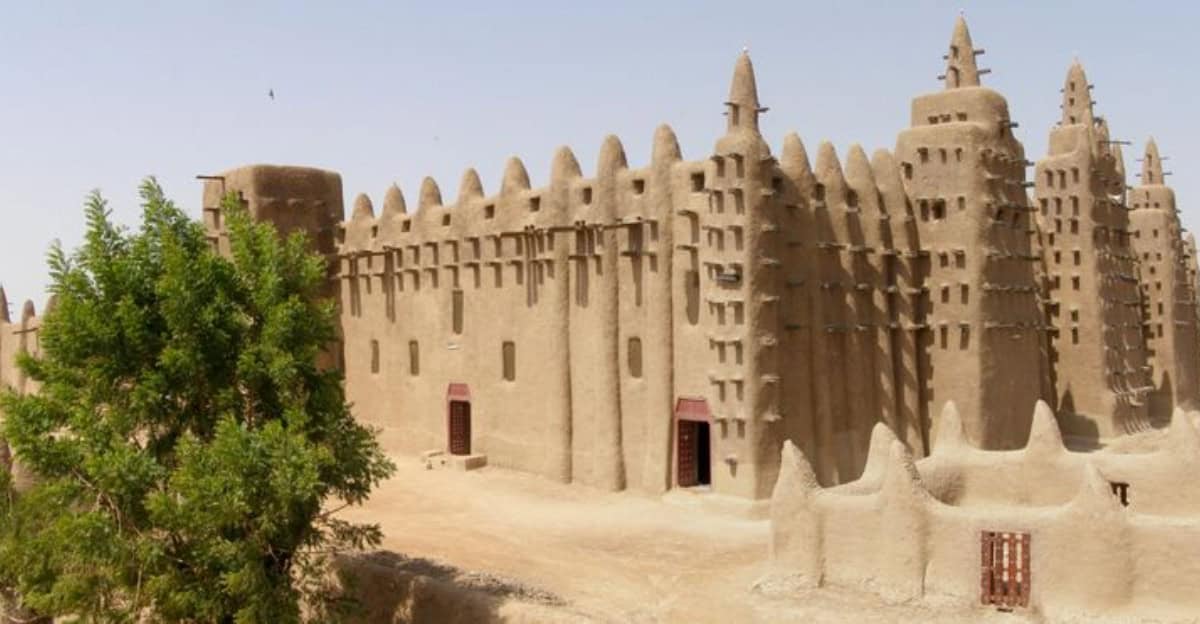Mud houses, with their earthy charm and sustainable architecture, offer a glimpse into traditional building methods that have stood the test of time.
These structures not only blend seamlessly with their natural surroundings but also provide eco-friendly living solutions.
Let’s explore some of the most captivating mud houses from around the globe, each with its unique story and design.
1. Yemen’s Shibam

Shibam, often dubbed ‘the Manhattan of the Desert,’ is renowned for its mudbrick skyscrapers. Located in Yemen, this ancient city is a marvel of urban planning and architectural brilliance.
Its towering structures rise up to seven stories high, all constructed from sun-dried mud bricks.
Shibam’s skyline is a striking testament to human creativity and adaptability. Each building, intricately designed, has stood for centuries, showcasing the resilience of mud architecture in harsh desert climates.
Exploring Shibam offers a rare glimpse into a world where tradition and innovation coexist seamlessly.
2. Taos Pueblo
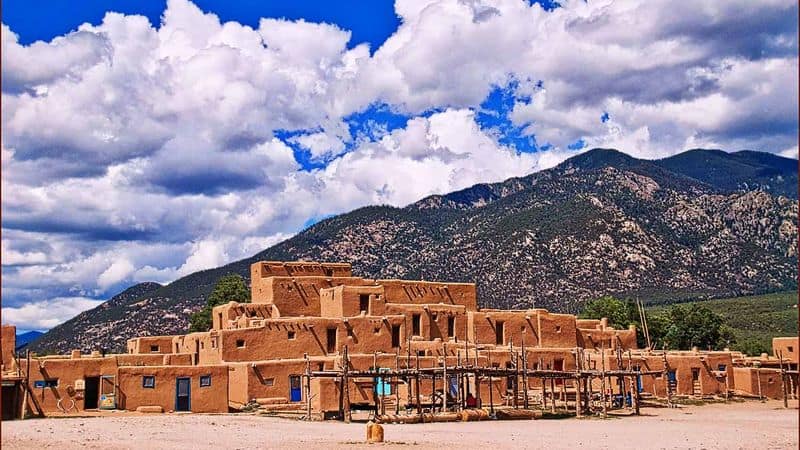
Nestled in New Mexico, USA, Taos Pueblo is a UNESCO World Heritage site that has been continuously inhabited for over a thousand years.
The multi-storied adobe structures are made from sun-dried mud bricks, reflecting the ingenious architectural skills of the Puebloan people.
These homes are not just residences; they’re a vibrant testament to the enduring spirit of Native American culture. Visitors often marvel at the harmonious blend of architecture and nature.
The Pueblo remains a living community, with traditions and lifestyles preserved through generations.
3. Aït Benhaddou
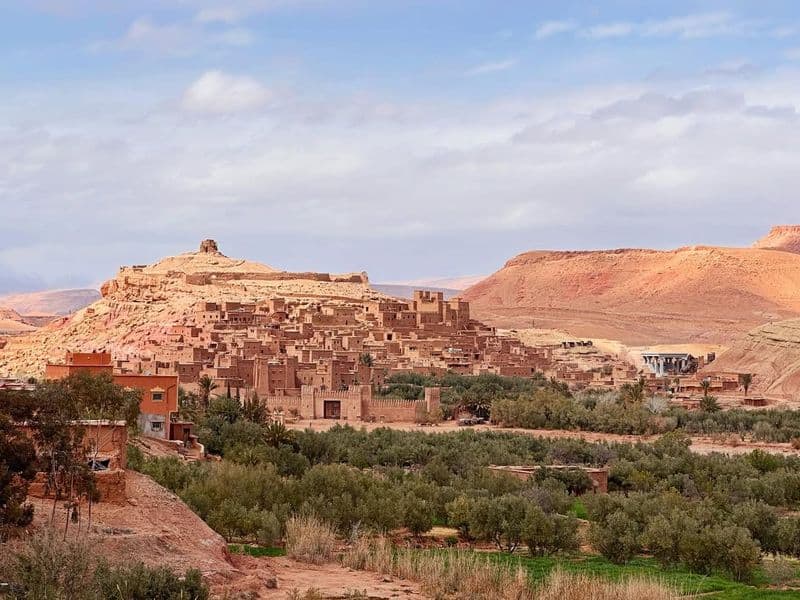
In Morocco, Aït Benhaddou stands as a stunning example of pre-Saharan architecture. This fortified village, or ksar, is an enchanting maze of mudbrick buildings, high walls, and towers.
Its dramatic setting, coupled with its historical significance, has made it a popular filming location for movies and TV shows.
Walking through its narrow alleys, visitors are transported back in time. The village’s unique charm is amplified by the golden hues of its mud walls, which glow spectacularly at sunset.
Aït Benhaddou is a symbol of Morocco’s rich cultural tapestry and architectural innovation.
4. The Great Mosque of Djenné
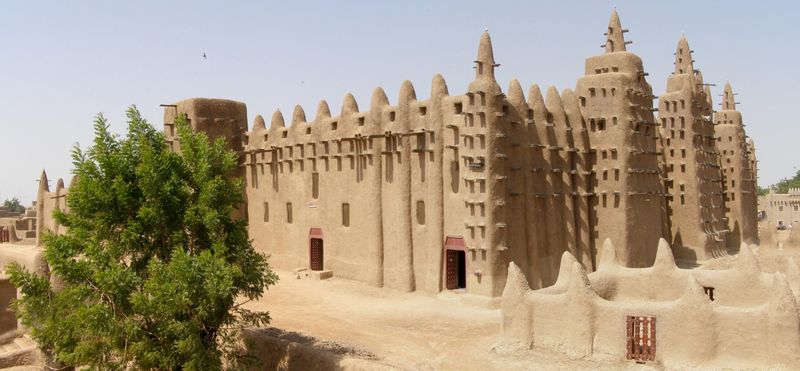
Standing tall in Mali, the Great Mosque of Djenné is a masterpiece of Sudano-Sahelian architecture. Made entirely of sun-baked mud bricks, it boasts towering minarets and intricate facades.
As the largest mud-brick structure in the world, it has been a vital cultural and religious center for centuries.
Every year, the community comes together for the Crepissage, a festival to replaster the mosque, ensuring its preservation. This annual event is not just maintenance; it’s a celebration of unity and tradition.
The mosque’s presence is a testament to the ingenuity and resilience of its builders.
5. Abanotubani Baths
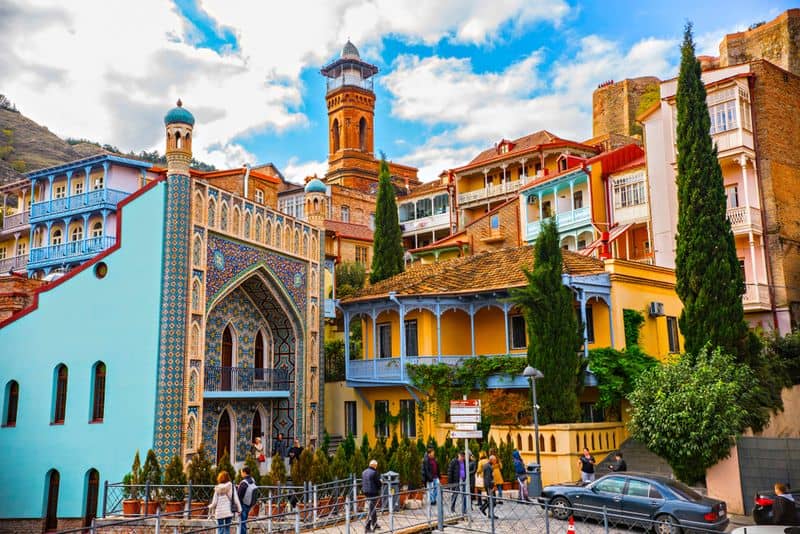
Hidden in the heart of Tbilisi, Georgia, the Abanotubani Baths offer a soothing retreat with their distinctive mudbrick domes.
These sulfur baths are not only a place for relaxation but also a historical landmark that dates back to the city’s founding.
Visitors can soak in the therapeutic waters while admiring the unique architecture that blends Persian and Georgian styles. The baths are a cultural hub, where stories of the past echo through the steam-filled chambers.
Abanotubani is a testament to the healing powers of nature, housed within the comfort of mudbrick walls.
6. Santorini’s Mud Houses
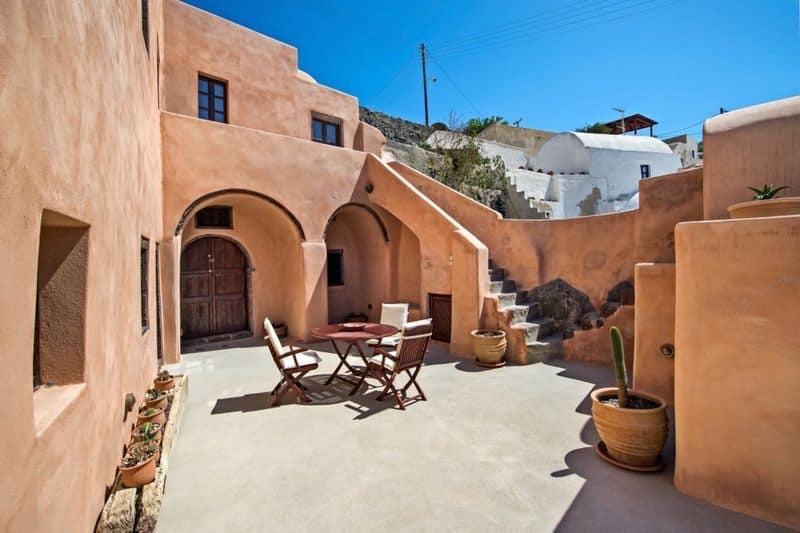
Perched on the cliffs of Santorini, Greece, these mud houses are a captivating blend of tradition and beauty. Their white-washed walls and blue-domed roofs are iconic features that attract visitors worldwide.
Built from volcanic mud, these structures provide natural insulation against the island’s climate.
The panoramic views of the Aegean Sea add to their allure, making them a favorite backdrop for photographers.
Santorini’s mud houses are more than picturesque dwellings; they represent the harmonious relationship between man, architecture, and nature in this stunning Mediterranean setting.
7. Nubian Houses of Aswan
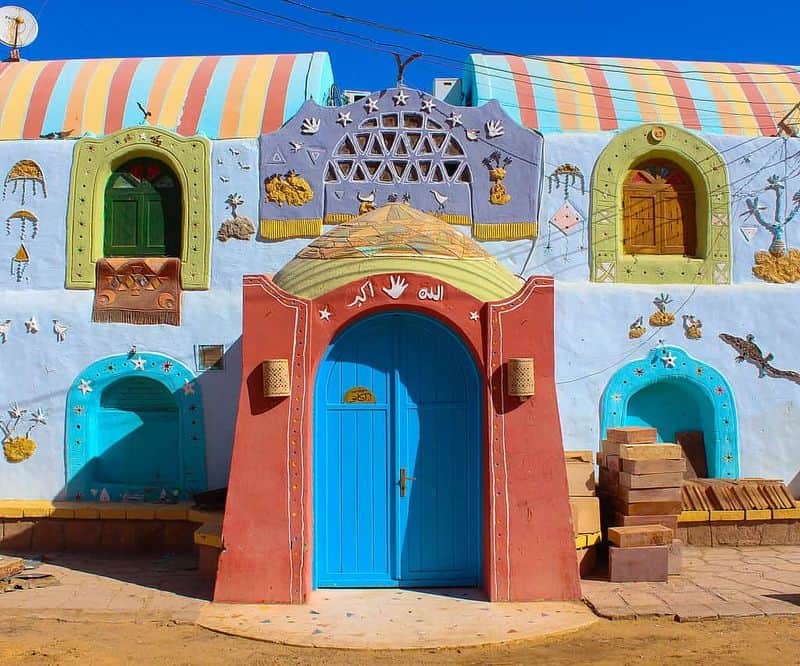
Along the Nile in Aswan, Egypt, the Nubian houses are a vibrant display of color and culture. These mudbrick structures are adorned with intricate patterns and vivid hues, reflecting the artistic spirit of the Nubian people.
Built to withstand the harsh climate, the houses remain cool and inviting. Inside, the walls tell stories of heritage and tradition through murals and decorations. Visitors often find themselves captivated by the warm hospitality and rich history embedded in these homes.
The Nubian houses are a living museum of architectural and cultural significance.
8. Hassan Fathy’s New Gourna Village
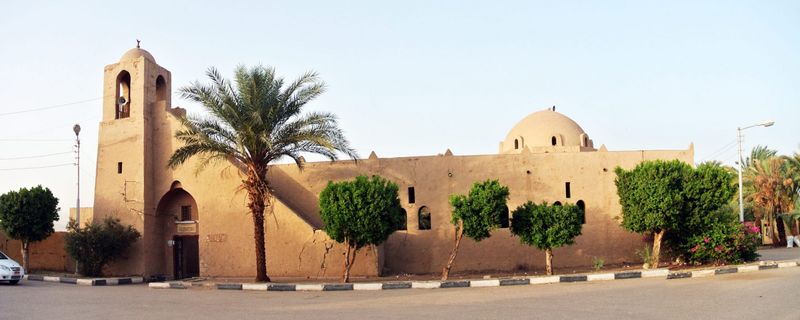
Designed by the visionary architect Hassan Fathy, New Gourna Village in Luxor, Egypt, is a pioneering example of sustainable mudbrick construction.
Fathy’s designs reflect a deep respect for traditional materials and local climate conditions.
The village was built to relocate residents from the Valley of the Kings, blending functional architecture with environmental consciousness.
Fathy’s work emphasizes the symbiotic relationship between people and their environment, using mud as a sustainable resource.
New Gourna stands as a beacon of innovative design, with lessons that resonate in today’s architectural practices.

